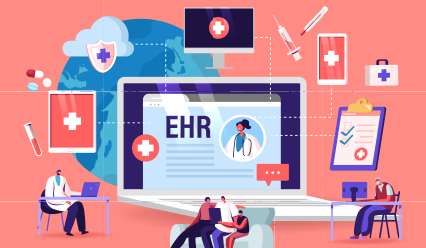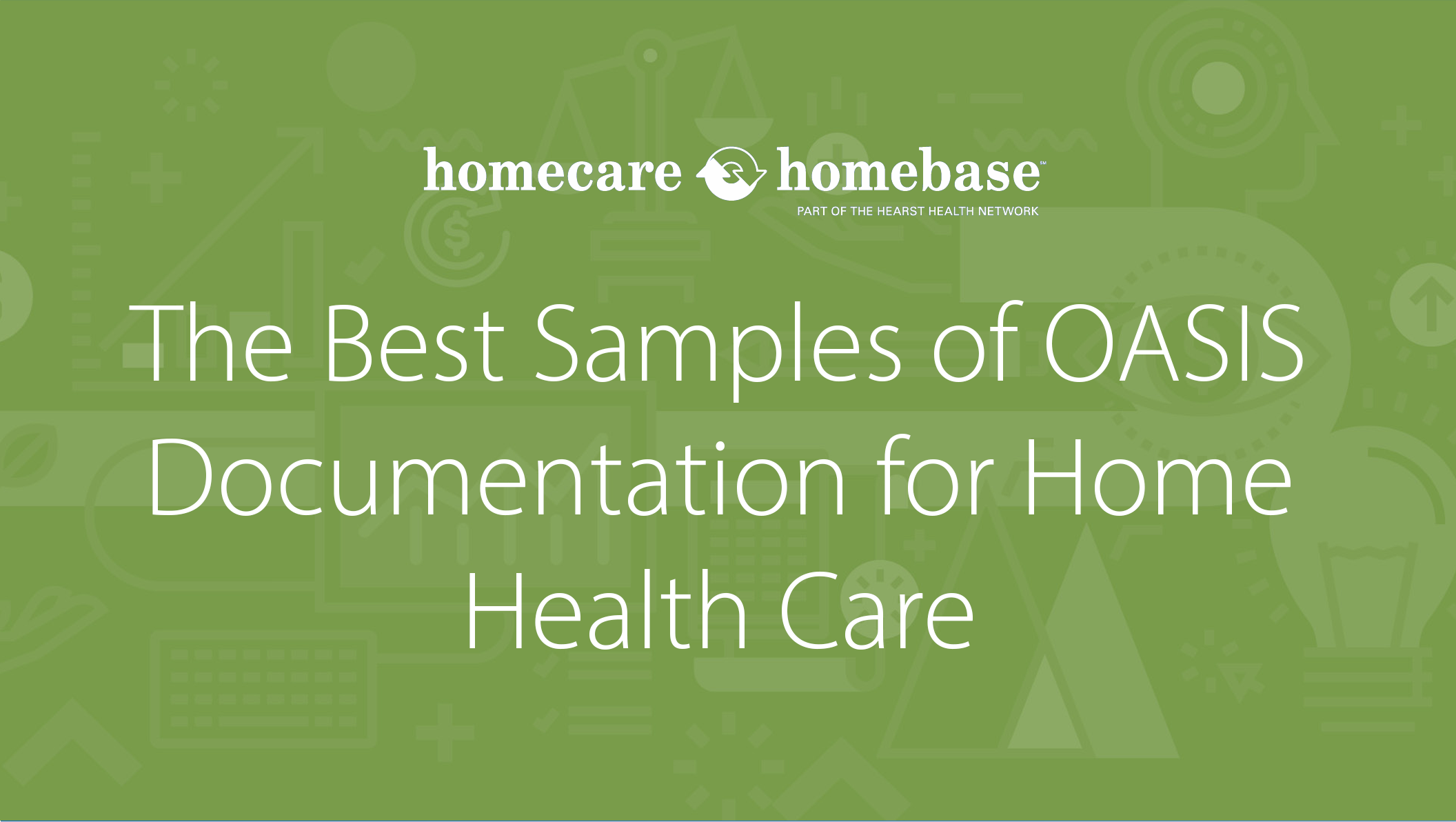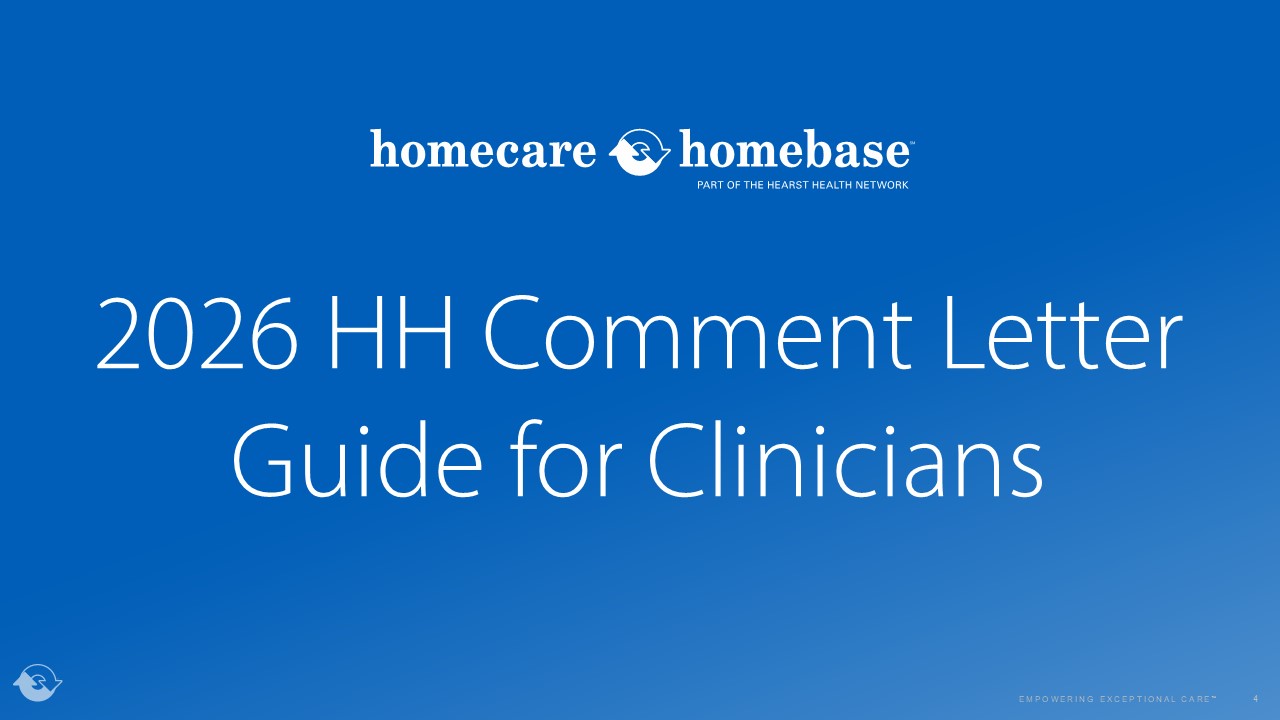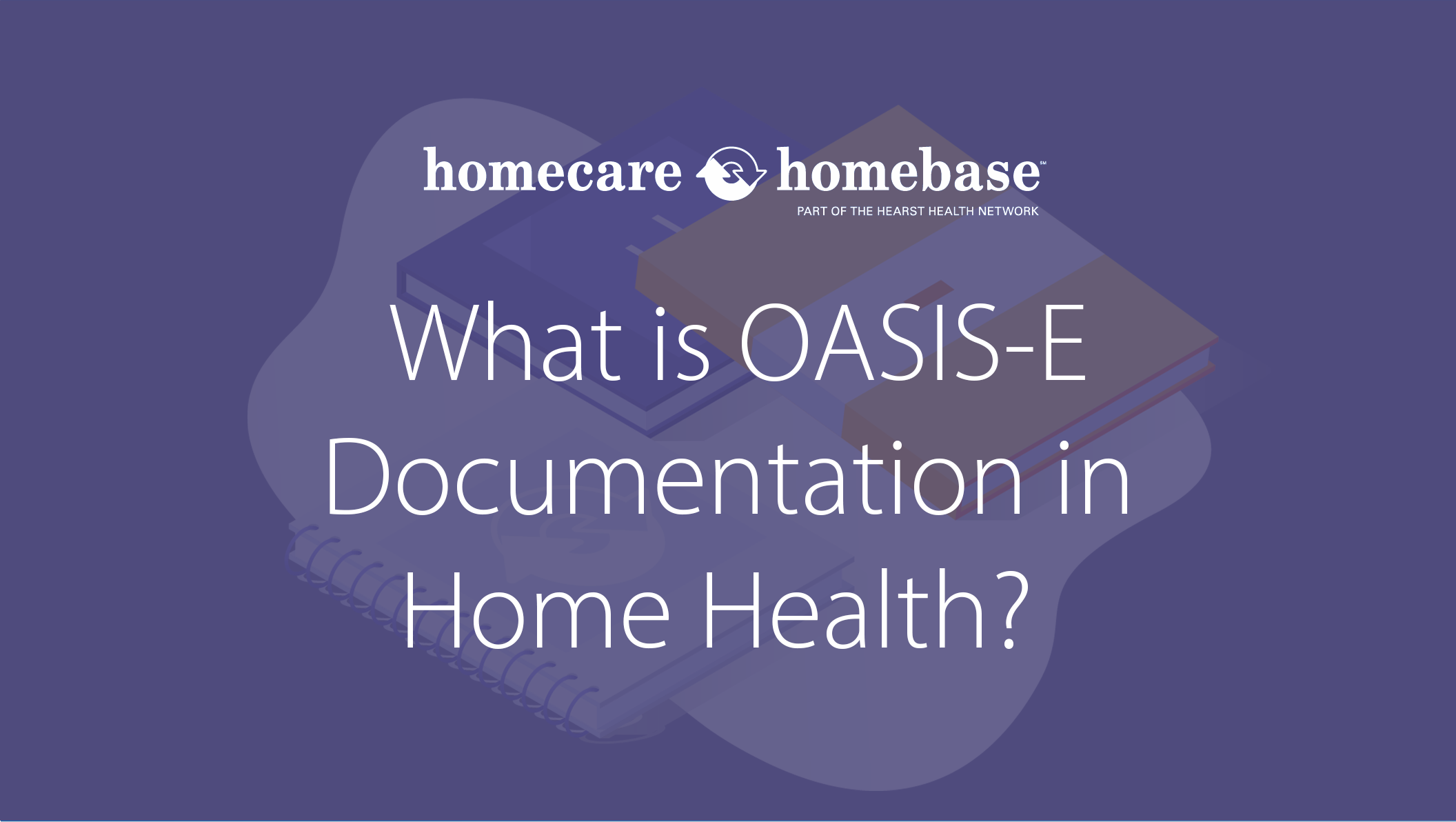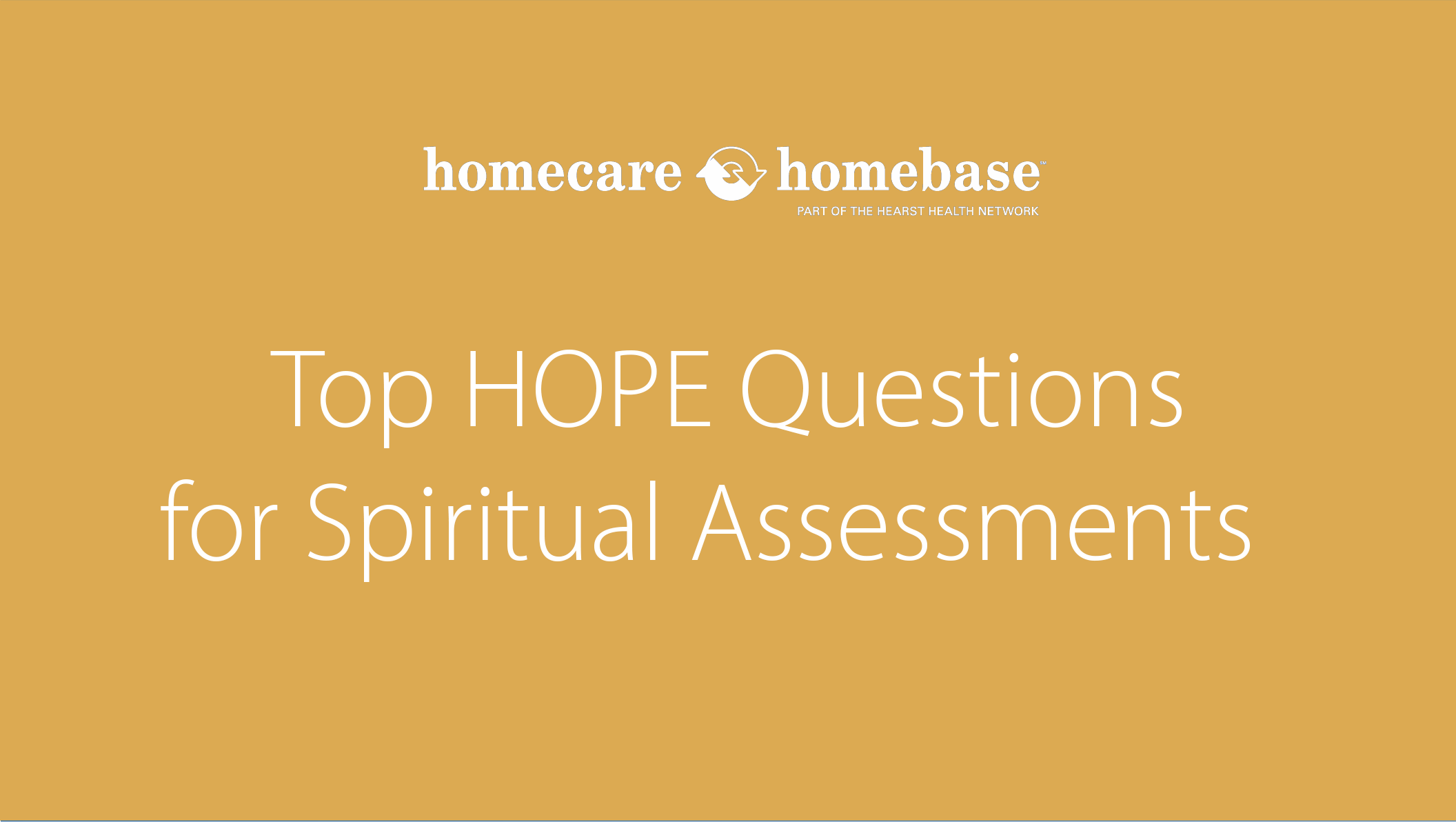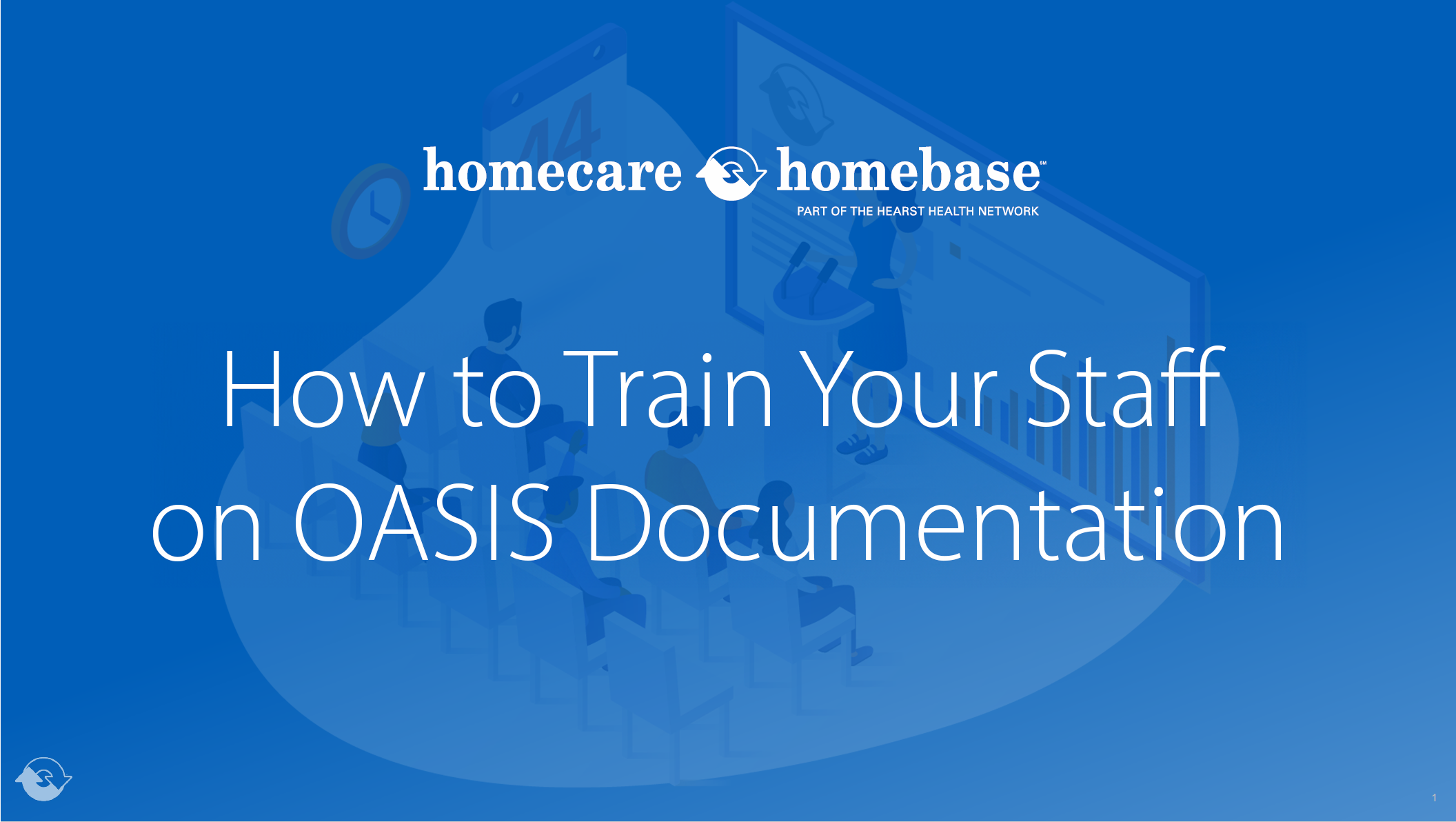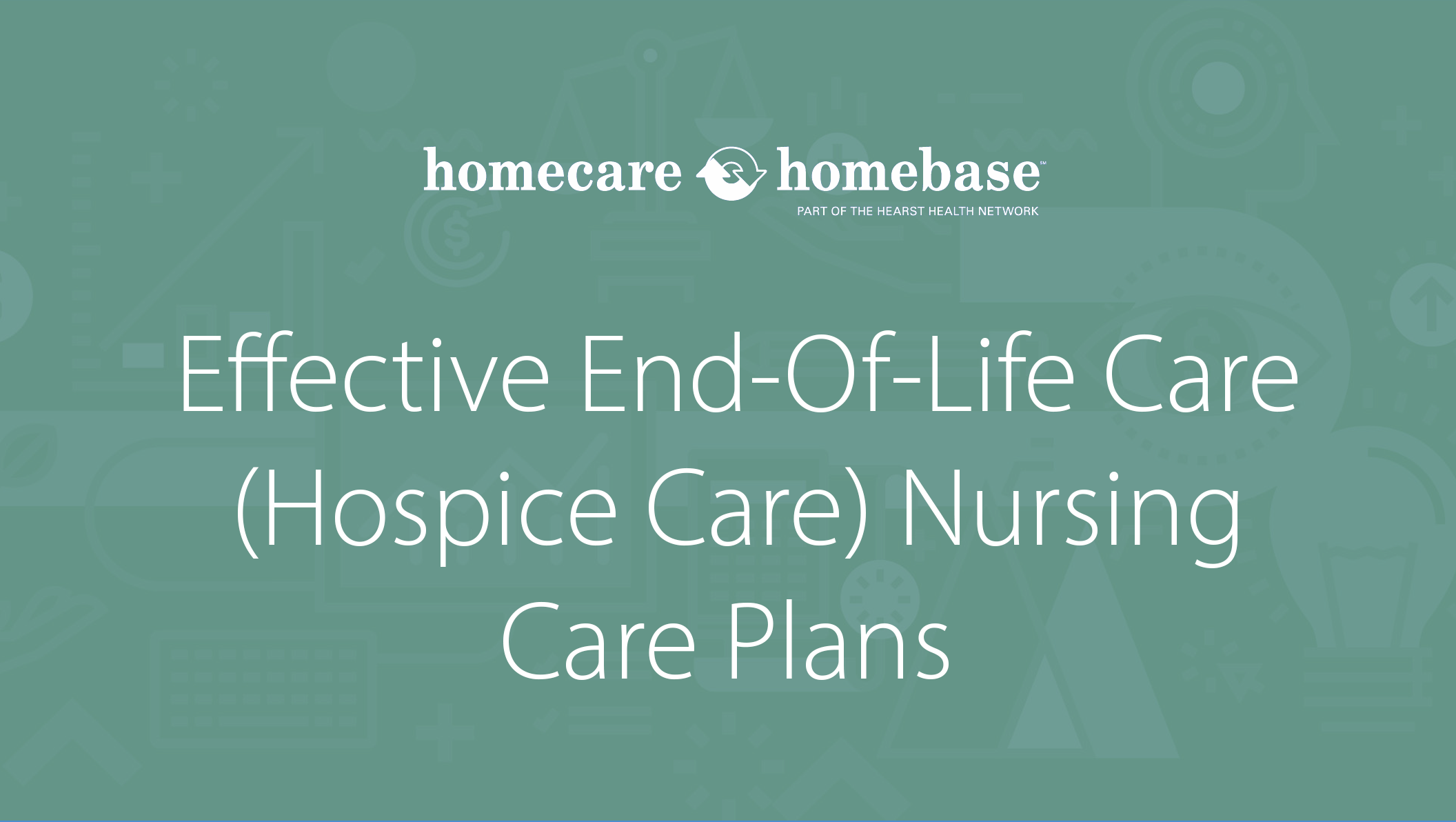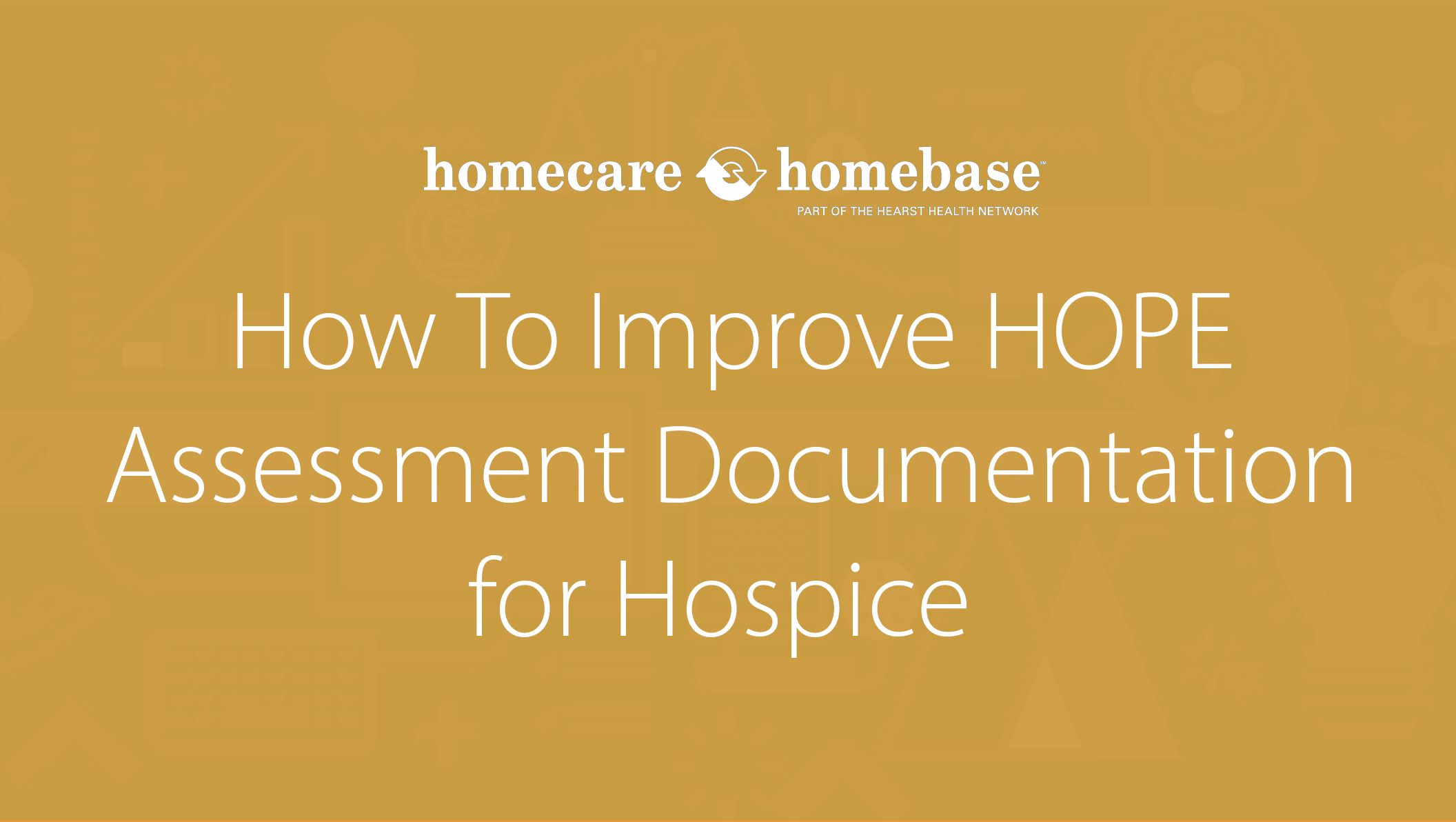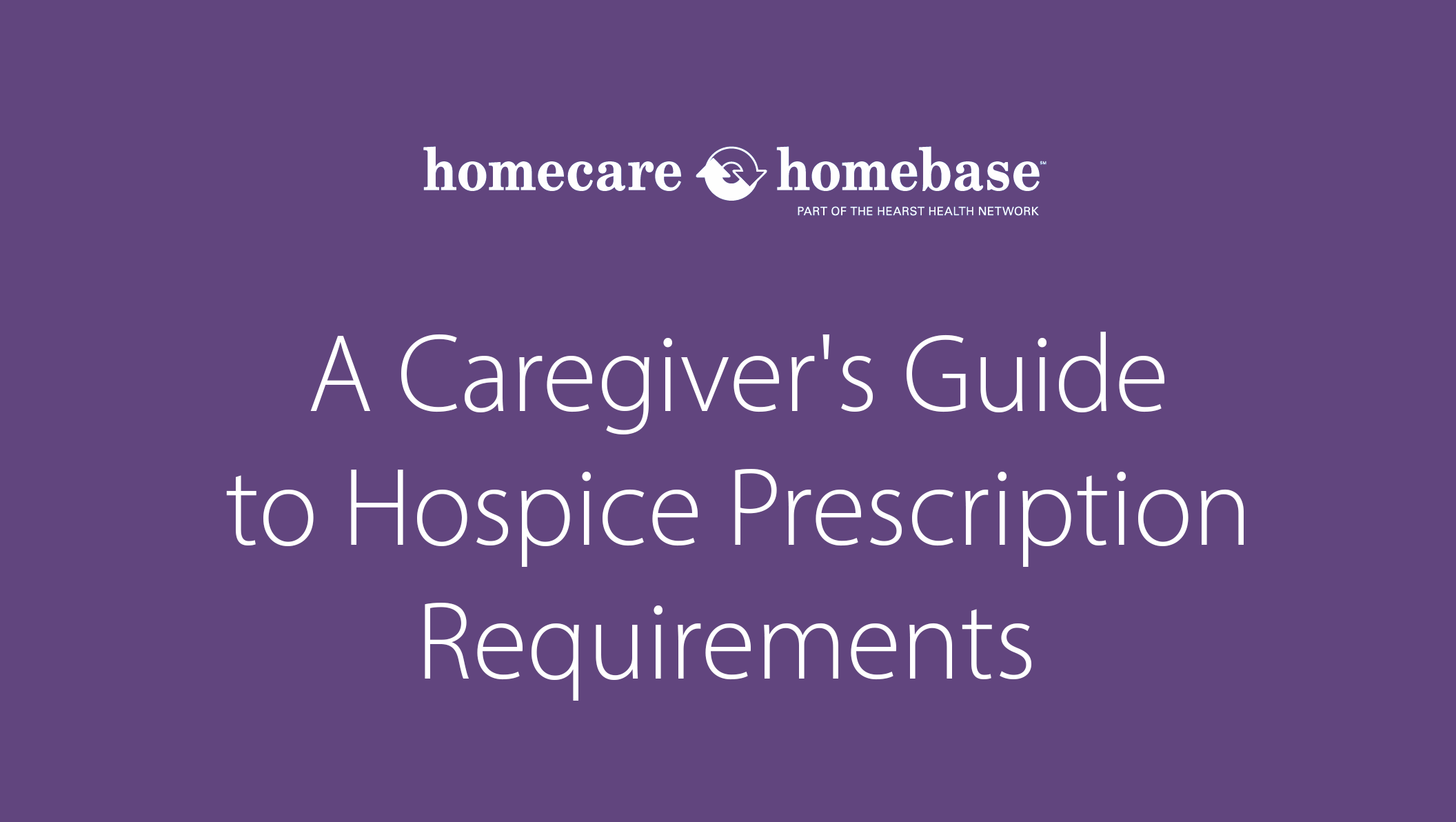There’s no doubt that the need for home-based healthcare is growing. In addition to a rise in demand for current services such as home health, hospice and personal care, the industry is also calling for higher acuity care such as hospital at home and SNF at home. Palliative, chronic, primary care and even emergency care services are all finding traction within the home-based care market.
Some agencies are adapting by bringing on new service lines, others specialize in caring for patients with specific diagnoses, conditions, or even ages. Regardless of the services agencies provide, one thing is clear: The future of healthcare at home calls for software solution evolution. Providers need a single software platform that manages the patient EHR, a singular view of caregivers and schedules and unified business processes. Homecare Homebase (HCHB) is determined to accomplish this goal. Our vision is to provide the most comprehensive and innovative platform and services for all-home-based care.
To that end, HCHB is partnering with Addus HomeCare to expand our platform to meet the needs of providers offering low acuity care (often referred to as personal care). President of Homecare Homebase, Luke Rutledge laid out plans for the software expansion. “Homecare Homebase has built a reputation as the leading EHR software provider for home health and hospice. We are uniquely positioned to fill a gap in the market by providing an end to end solution that is designed to fit the needs of low acuity care that integrates with other service lines like home health and hospice. Ultimately, we are moving towards a platform that provides a single view of a patient, no matter what “service line” they are under. Our EHR platform will connect every member of your care team from clinicians and aides on mobile devices to office management.”
Homecare Homebase has identified three pillars that home-based care providers are prioritizing in their enterprise software solutions. These three pillars will help shape the delivery of healthcare at home:
- The longitudinal patient record
- Caregiver scheduling
- Unified business processes
Longitudinal patient record:
A longitudinal patient record centralizes all important patient information into a single record that follows the patient throughout their healthcare journey, making it easier for providers to collaborate and share vital information. The traditional approach to patient records creates duplicate paperwork and increases the likelihood that important information will be lost during transitions.
By adopting a longitudinal approach to patient record management, HCHB customers will be able to:
- Establish long-term client relationships (CRM at the client level)
- Broaden care coordination
- Heighten operational & regulatory excellence
- Empower case managers to establish better outcomes and participate in emerging value-based care arrangements
- Enable analytics alerts and risk scoring for broader views of the patient
Tackling caregiver scheduling
Caregiver management and scheduling are at the heart of the most important challenges to the industry today. Agencies are working with a shrinking talent pool, pushing organizations to serve more clients with fewer caregivers. Retaining employees, avoiding burnout and ensuring patient satisfaction demands a clear view of caregiver and patient schedules.
Scheduling is further complicated by work authorization requirements and the desire for continuity of care by both patients and caregivers. HCHB will allow agencies a clear view of caregiver schedules and has developed a robust scheduling automation solution. HCHB’s scheduling features ensure that the proper authorizations for each care type are maintained while removing burdens from schedulers, clinicians and aides. This approach to schedule management will allow the flexibility agencies need to manage an increasingly shared workforce and empower more sophisticated care plans for clients.
Unified business processes
Business process complexity is one of the largest roadblocks to care coordination and organizational efficiency for healthcare at home companies. Healthcare processes are complex and require attention to detail that is hard to match in other industries. Missing a single signature or an incorrect date can result in payment denials or audit difficulties. Compliance driven workflow is the backbone of Homecare Homebase’s platform, but updates that unify business processes through integration and automation will remain a priority moving forward. HCHB’s efforts to unify business processes will result in:
- Patient transition flow between HCHB service lines
- The potential for a single set of policies & procedures across the organization
- Enterprise wide workflow and automation
- Reduced IT burden (fewer systems and interfaces)
- Streamlined audit compliance
Home-based care workflow six areas of need
To accomplish unified business processes, Homecare Homebase identified six areas of need that have been the focus of the personal care service line expansion. These updates allow for easier communication and a streamlined approach across all service lines for each of these key areas in home care workflow:
- Authorization
- Scheduling
- Worker Management
- EVV Integration
- Intake Workflow
- Revenue Cycle
“Focusing on these six areas of need that are common to all home-based care providers has been key to our product expansion,” said Luke Rutledge, President for Homecare Homebase. “Personal Care is the first step on our journey towards becoming the one-stop shop for home-based care software.”
Reach out to our sales team to discuss whether HCHB Personal Care is the right fit for your organization.
